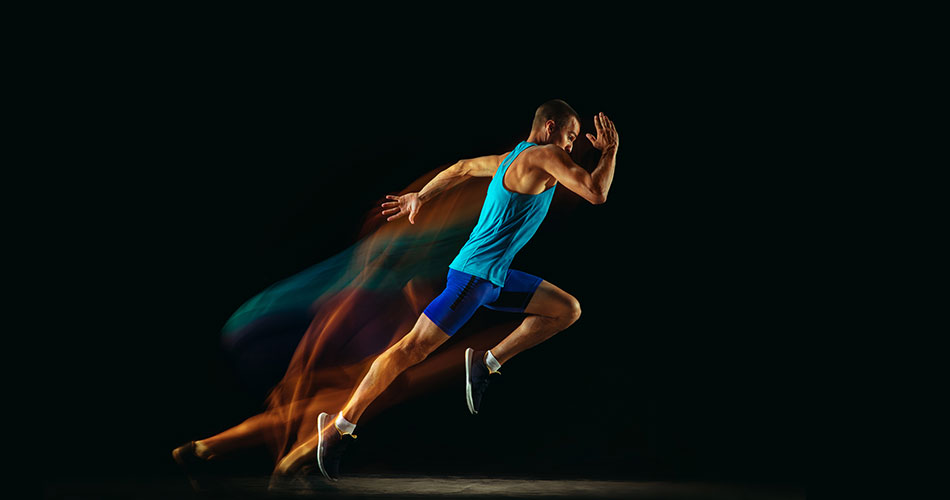Markerless Motion Capture And Its Application In A Sport-Specific Setting
With exponential technological development over the last decade, markerless motion capture systems have gained a considerable amount of attention, especially within the sports community. Coaches, strength and conditioning practitioners, and sports scientists are constantly searching for testing modalities that can be used to non-invasively evaluate athletes’ performance capabilities in a time-efficient manner.
Besides being able to perform a detailed biomechanical analysis of sport-specific movements (e.g., basketball shooting, sprinting, quarterback throwing), markerless motion capture technology can be used for motion/health performance assessment. By performing approximately 17 elementary body movements (e.g., unilateral squats, lunges, shoulder flexion/extension), markerless motion capture systems such as DARI Motion can allow practitioners to obtain a deeper insight into an athlete’s overall motion/health status. This information can be of critical importance for detecting asymmetries, range of motion deficiencies, and/or compensational movement patterns that can ultimately lead to an increased likelihood of injury.
Moreover, being able to establish baseline performance measures as well as objectively quantify an athlete’s progress over an extended period of time can allow coaches, strength and conditioning practitioners, and sports scientists to tailor training regimens on an individual basis. Also, it is important to note that the overall motion/health screening protocol usually takes 7-10 minutes and the performance analysis report consisting of more than 500 biomechanical parameters can be generated in 30-60 seconds. This is of critical importance in the applied sport-specific setting where various testing procedures need to be embedded within dense training, competitive, and travel schedules, especially on the professional levels of competition.
For additional information pertaining to the application of markerless motion capture technology in a sport-specific setting please refer to the video below.
Also, please make sure to check an example of a motion/health screening report and a couple of recently published research manuscripts related to this topic.
References
- Cabarkapa D, Cabarkapa DV, Philipp NM, Downey GG, Fry AC. Repeatability of Motion Health Screening Scores Acquired from a Three-Dimensional Markerless Motion Capture System. Journal of Functional Morphology and Kinesiology. 2022; 7(3):65. https://doi.org/10.3390/jfmk7030065
- Daggett MC, Witte KA, Cabarkapa D, Cabarkapa DV, Fry AC. Evidence-Based Data Models for Return-to-Play Criteria after Anterior Cruciate Ligament Reconstruction. Healthcare. 2022; 10(5):929. https://doi.org/10.3390/healthcare10050929
- Cabarkapa D, Whetstone JM, Patterson AM, Mosier EM, Cabarkapa DV, Fry AC. Relationship between Health-Related Physical Fitness Parameters and Functional Movement Screening Scores Acquired from a Three-Dimensional Markerless Motion Capture System. International Journal of Environmental Research and Public Health. 2022; 19(8):4551. https://doi.org/10.3390/ijerph19084551
- Dimitrije Cabarkapa, Andrew C. Fry and Eric M. Mosier. Validity of 3-D Markerless Motion Capture System for Assessing Basketball Dunk Kinetics – A Case Study. The Sports Journal. 2020. https://thesportjournal.org/article/validity-of-3-d-markerless-motion-capture-system-for-assessing-basketball-dunk-kinetics/











Responses